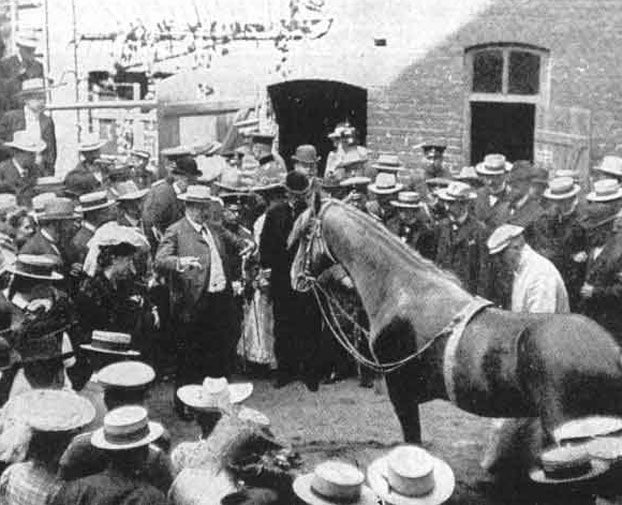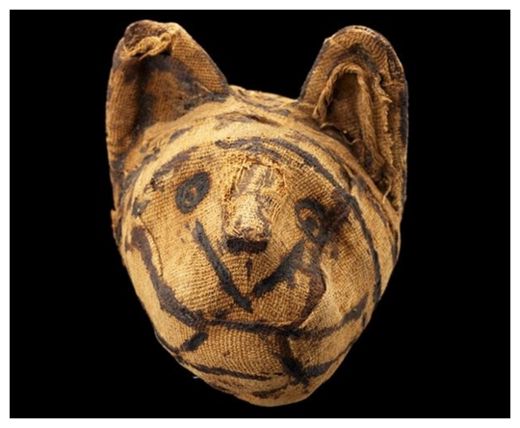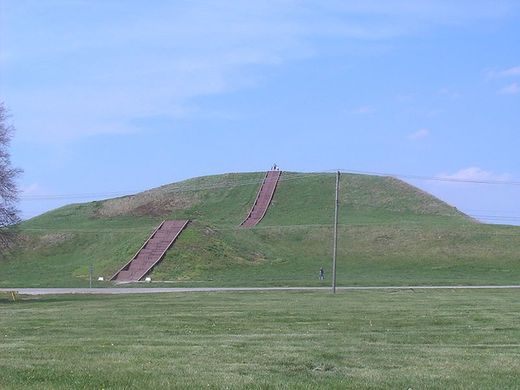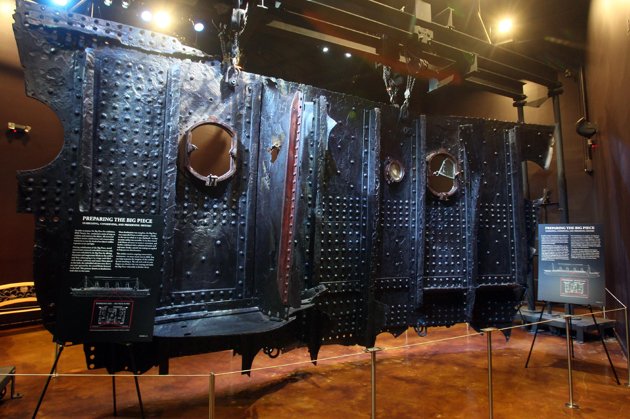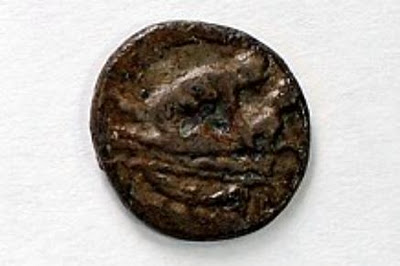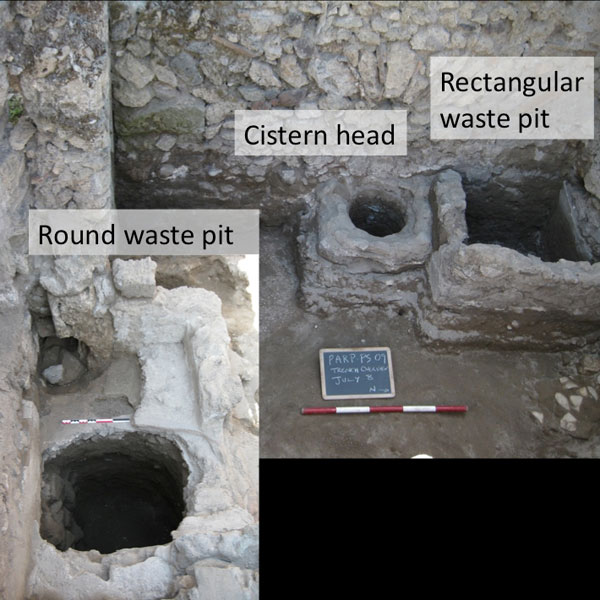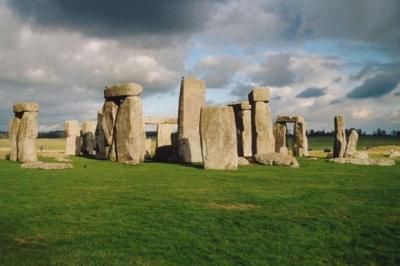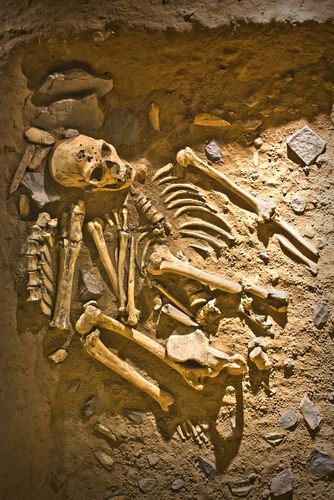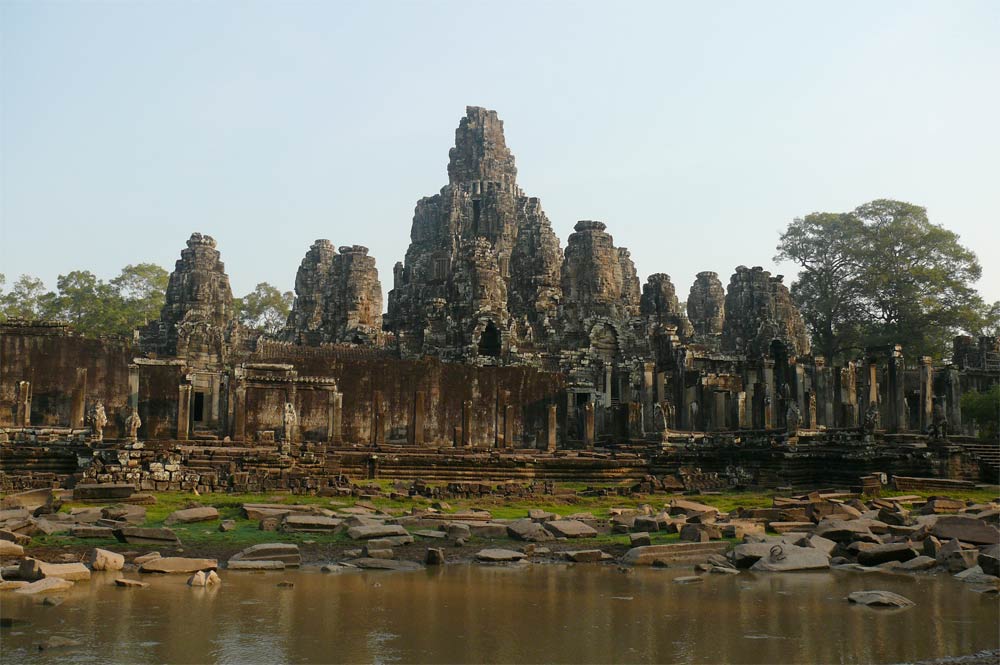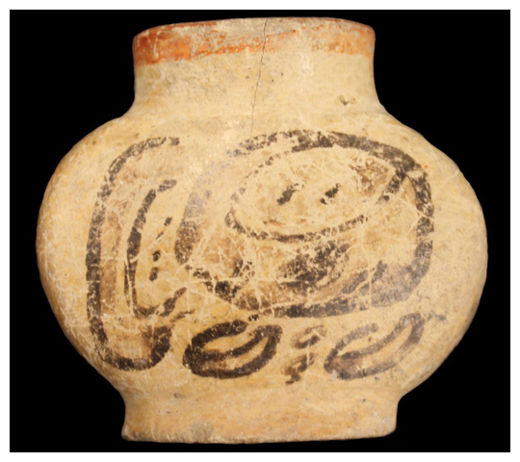
Traces of nicotine discovered in a Mayan flask dating back more than 1,000 years represent the first physical evidence of tobacco use by the Mayans, researchers say.
The flask was decorated with text that seemed to read "Yo-'OTOT-ti 'u-MAY," which translates to "the home of his tobacco" (or "her tobacco" or "its tobacco"), the archaeologists said, but that by itself wasn't enough to convince them.
"Textual evidence written on pottery is often an indicator of contents or of an intended purpose - however, actual usage of a container could be altered or falsely represented," said study researcher Jennifer Loughmiller-Newman of the University at Albany.
Their analysis of the samples extracted from the flask identified nicotine, the signature alkaloid in tobacco, as a major component. That indicated the vessel was likely used to hold tobacco leaves, the researchers wrote in the study.
